If an avocado is brown inside, is it bad or safe to eat? Let’s find out!
Avocado is not just any ordinary fruit. Yes! It is not a veggie. What’s better than avocado on toast? The obsession with avocados was a sudden trend that skyrocketed its consumption. Why is it so popular when it is so expensive? The soft texture of avocado combined with a unique taste is the main reason for its huge fan base.
The rich and creamy texture of avocado forces many people to use it on almost everything. You can have avocado in any meal of the day and in various forms. You can make some guacamole for spicy tacos or chop them up for a fantastic salad, or you can blend them for a smoothie.
Not to mention it spreads like butter, it can easily replace eggs in vegan recipes, and it is an absolutely delicious fruit. The plus point is the high nutritious value of avocado. Avocado is packed with vital nutrients, minerals, fiber, and vitamins. The only problem is when the avocado ripens.
Think about this: You have been excited all day to have guacamole with tacos. All the preparation is done. You cut the avocados and notice them brown inside.
Now what? Don’t just toss them in the bin yet. Brown avocados indicate that the fruit is about to end its prime time. It will soon ripen, rot, and spoil. Hold on, though! Not all brown avocados are bad.
If an avocado is brown inside, is it bad?
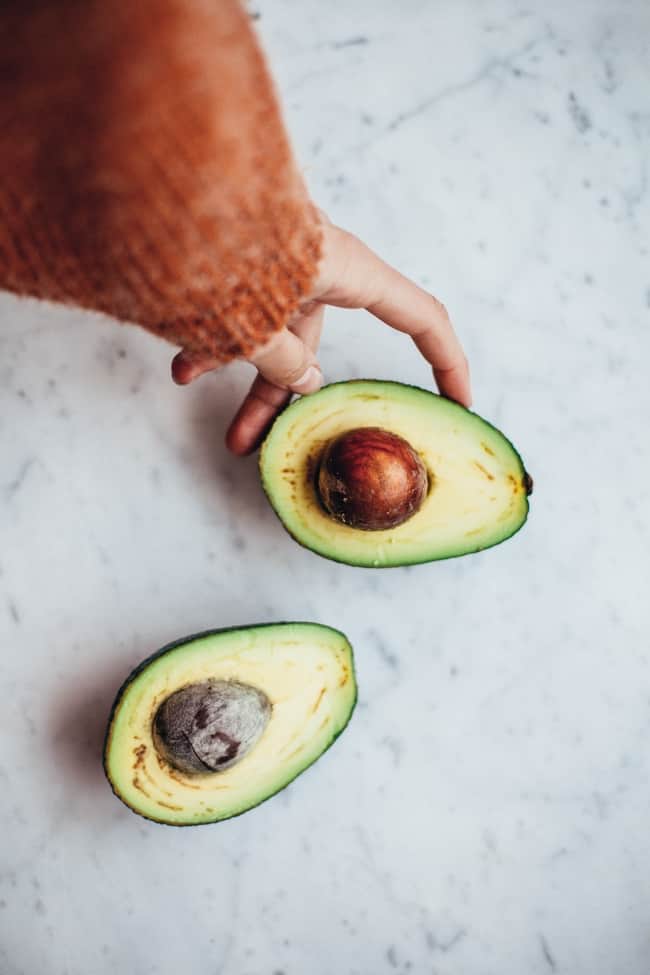
Avocados only start to ripe after they have been harvested from the tree. The process of ripening is quicker, and avocados last only for a limited period. After that, the fruit starts to spoil.
However, if you notice a brown avocado, it is not spoiled yet.
Avocados are very similar to apples when it comes to the process of oxidation. Brown avocados are not necessarily a sign of spoiled fruit.
Instead, it is the chemical reaction of compounds to oxygen that has produced the brown pigments of melanin. If you notice avocados to be brown inside, they have probably not turned bad yet.
So, finally, it’s safe to eat an avocado if it’s brown inside.
Can you eat brown avocado?
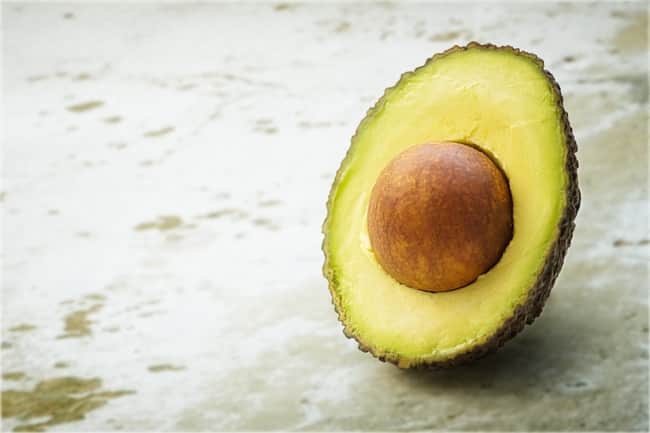
The brown avocados may no longer look bright and inviting, but they are harmless.
You might have to leave avocados for a few days to oxidize before they turn terrible and are inedible. The brown avocados may taste slightly bitter, but they are entirely safe to consume.
The oxidation has led to the production of melanin, which is a non-toxic chemical. It is even present in the irises of our eyes. Needless to say, the brown avocado is not going to hurt you, and it is safe to eat.
Can I store it?
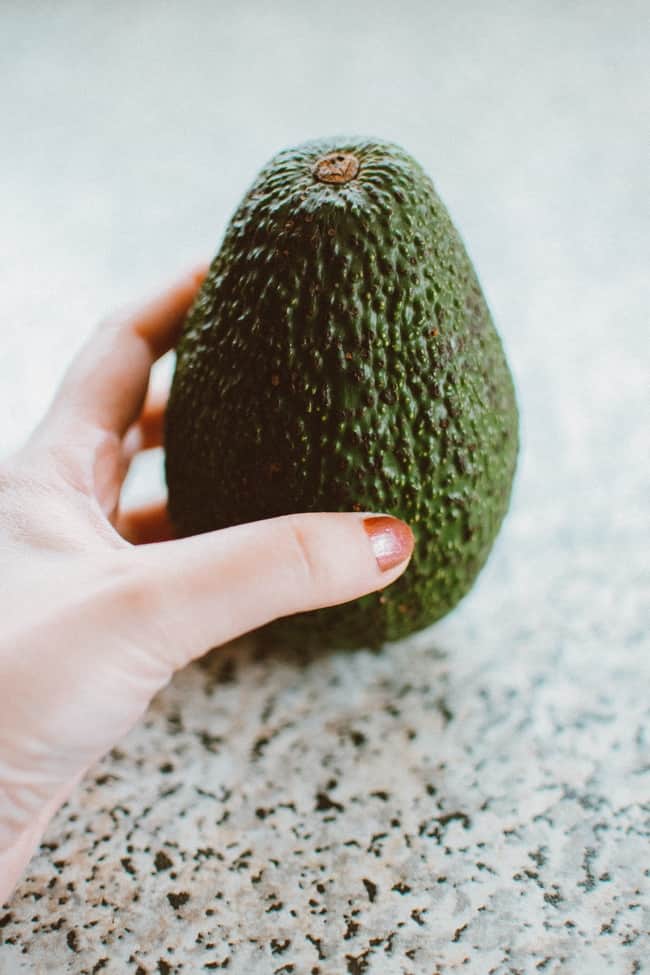
We all want to get the most out of avocados since they are expensive. To extend the shelf life of an already overripe avocado, you need to prevent it from its biggest enemy – oxygen.
Spritz some vinegar or lemon juice to lower down the Ph levels and slow down the oxidation rate.
Remember, this will only slow down the process, not halt it. You can then refrigerate it, and it will extend the shelf life generally for two or three days.
How to tell if an avocado is bad? 7 Warning signs!
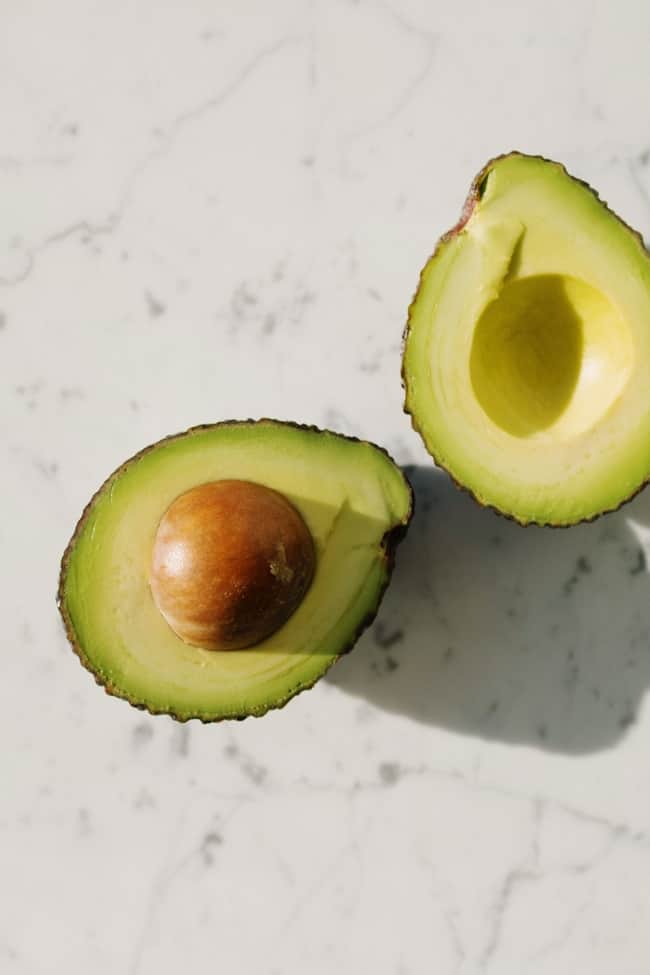
Ripe avocados need to be eaten as soon as possible. They don’t have a longer shelf life, and they will quickly become spoiled and rotten. Even though a brown avocado is primarily safe for consumption, there are some warning signs that you need to be aware of. These signs will help you make the decision to eat or toss when it comes to avocados.
1) Shriveled skin
The outside is possibly going to show the first signs of attack. If the outside looks shriveled and dry, then it is wise to walk away from it.
A good, ripe avocado is not withered and flat. Good avocados always have a balance. The outside needs to be plump but not too much. The exterior should also neither be too green nor too brown.
Look for a fine and ripe outer shell when buying avocados. A plump and bumpy outer shell is the first characteristic of a good, ripe avocado.
If you already have an avocado for a while, the outside may begin to cave in. You would know it is time to toss it out because the rich and creamy texture would no longer be present.
2) Mushy outer shell
Mushy avocados are not only gross-looking, but sometimes they are spoiled as well. A good avocado must not feel too soft.
To check this, slightly squeeze an avocado.
Try to find an avocado that is soft to touch but doesn’t feel mushy. Avocados need to be somewhat firm, so they are perfectly ripe.
They are even fantastic to be sliced, chopped, or mashed. If you squeeze the avocado and you feel your finger sinking, that is precisely the one you are not looking for.
If pressing leaves a significant dent, then you must know that the fruit is overripe.
Adding to this, if you notice a sunken or deflated area in avocado, then that fruit has crossed its prime time. You may want to toss it away rather than consume it.
3) Blackened skin
Avocados have many distinct types, and their process of skin color change is different as they ripen. The most consumed and popular type of avocado is the Hass variety. When they undergo the ripening process, Hass avocados have bright green and bumpy skin.
Over time, the skin of the outer shell changes to dark green or brown. This is the sign of a perfectly ripe Hass avocado.
If the skin color has progressed and changed to nearly black, you may want to touch and check for mushiness. If the avocado is no longer firm, then it is overripe and spoiled.
Other varieties of avocado, such as the Fuerte and Zutano, retain their bright green skin color on the outer shell. Hence, you cannot tell their ripeness from the outer shell. You should then check for mushiness, dented skin, or dry, shriveled look of the outer shell to determine if they are overripe.
4) Very squishy flesh
If you cut open an avocado, ideally, it needs to be soft yet firm.
The knife should not have a problem cutting it at all. Your knife should not get stuck inside or not cut at all. That is the sign of an unripe avocado.
However, cutting should not be too easy. The flesh should not be too soft so that it explodes out. If your knife sinks in the flesh quickly, you must throw away that avocado.
5) Bad odor
Ripe avocados are pleasant and have a slightly sweet scent that will definitely make you obsessed with them. The nutty flavor is also irresistible to many. If you are doubtful about a brown avocado, take a whiff. As avocado is a fruit, it will develop a stale smell that clearly indicates that it is spoiled.
An uncut avocado is not supposed to have any strong smell, especially a bad one. If an avocado at your home has a nasty and off-putting smell, it is time to toss it away in the bin.
6) Dark, stringy flesh
Once you cut an avocado, warning signs are easier to determine. Ideally, avocado needs to have a pretty light green color with a yellow tint. If it is not that vibrant shade of green, it is getting old. If the flesh has brown spots, it is safe to consume. You can remove the brown parts if they gross you out.
If you slice open an avocado and the flesh is nearly black and grey, it is a clear sign of rotten fruit. Another sign is the stringy texture of an avocado.
You must remember that it must be fine if there are no signs and indications of rotten fruit.
7) Mold
Mold on avocados is a clear indication of rotten fruit. It is generally of white or grey color and looks fuzzy. If you find mold on the outer shell, throw it away at once. Mold can easily penetrate inside as well, so the fruit is definitely rotten. You can no longer salvage it.
Please avoid sniffing a molded avocado. The mold spores may enter your respiratory system and can trigger allergies.
It is no use removing the moldy part as the mold has probably penetrated the entire flesh. The avocado is then way ahead of its prime time, and it has been completely spoiled.
Can you eat an overripe avocado?
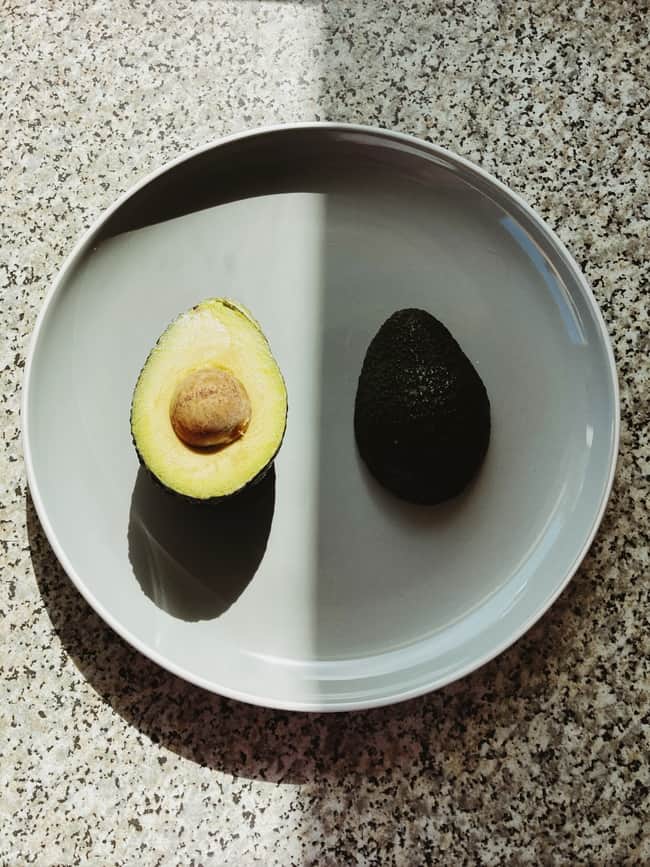
You can certainly eat an overripe avocado as long as it does not show any signs of being rotten.
The texture, smell, and visual appeal can clearly indicate whether the avocado is spoiled or it is just overripe. If it is overripe, there is no need to toss it away.
Overripe avocados are not bad to consume at all. They might no longer be firm in texture, so they are not ideal for chopping or slicing.
If there are any brown areas, you can remove that area, and you’ll be good to go. Overripe avocados are still delicious and irresistible for guacamole and smoothies.
What happens if you eat a bad avocado?
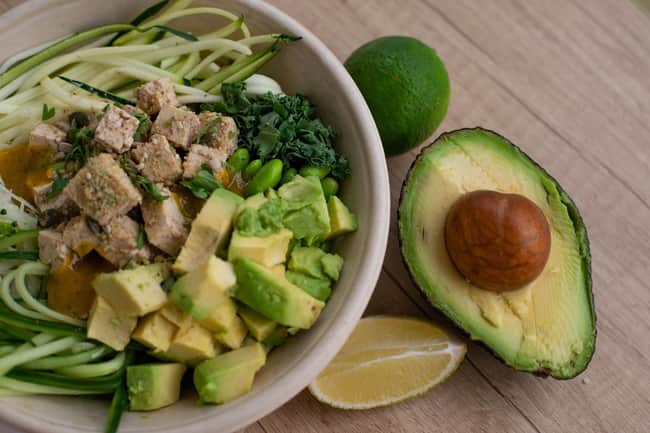
You must avoid eating avocados that have been spoiled or have a rancid smell. If you did, in some circumstances, consume a bad avocado, there is a chance that you might have food poisoning that includes diarrhea and nausea.
The plus side is that the likelihood of you getting sick is very low if you have a strong and healthy immune system.
You must avoid eating avocado with mold on it, whether on the outer shell of the flesh or inside. Mold can easily penetrate and spread around the avocado.
It is not worth salvaging, and it will certainly make you sick.
You should also avoid sniffing or smelling the moldy avocado as mold spores can cause you breathing concerns. But here is the thing: you cannot simply die of eating a moldy avocado. You might easily digest an avocado with mold if you have a very healthy and strong immune system.
If the symptoms are no longer mild diarrhea and nausea, then you may contact your doctor. Some people may get really sick and can have respiratory problems. You must take them to the doctor right away as it may be an emergency medical situation.
Generally, it is wise to toss away an avocado that has blackened skin, feels mushy, has a rancid smell, or has mold. It is a clear indication that the fruit is way ahead of its prime time, and spoilage has already started to happen.
It is better to be safe and toss it away than be sorry.
Final Words
Keeping in mind the price of avocados, it is better to be safe than to be sorry when tossing them away. To save you the trouble, this article summarizes all the warning signs that you may come across.
The only thing you need to do is check for these warning signs before discarding the fruit. If you already bought avocados and are now unsure about them, a good idea is to do the stem trick before eating.
You can easily tell what is happening inside the avocado if the avocado still has a stem. All you have to do is gently remove the stem.
If it easily comes off and you notice a bright green flesh, you are good to go. If it does not remove easily, then it is underripe. However, if you notice any hints of brown in the flesh, then the avocado has crossed the boundaries of its prime time.
Overripe avocados that are not spoiled yet are a great fruit to be used in smoothies and guacamole. As they have a slightly bitter taste, they are not the ideal and firm type for salads. All you have to do is remember that there is a huge difference between spoiled and overripe avocado.
So, do you already know if it is safe to eat an avocado brown inside or if it is bad for your health? Please, feel free to share your comments below!
Interesting articles:




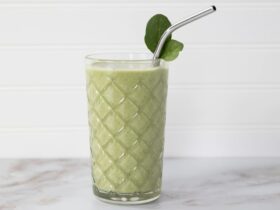
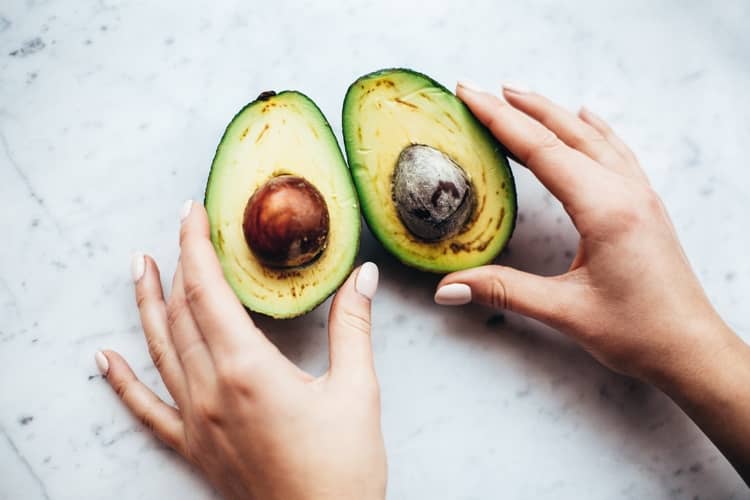
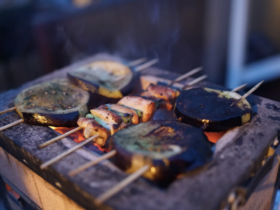
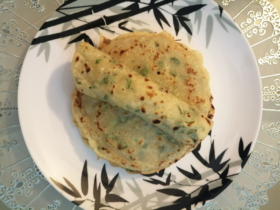
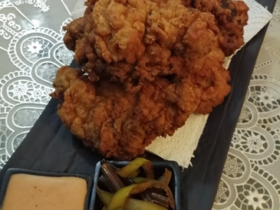
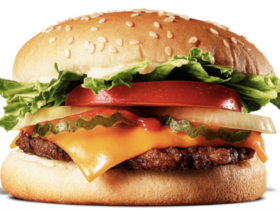

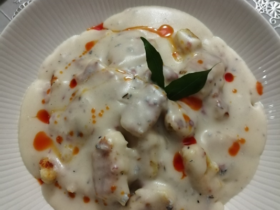
Leave a Reply